#Diana Vreeland
Text







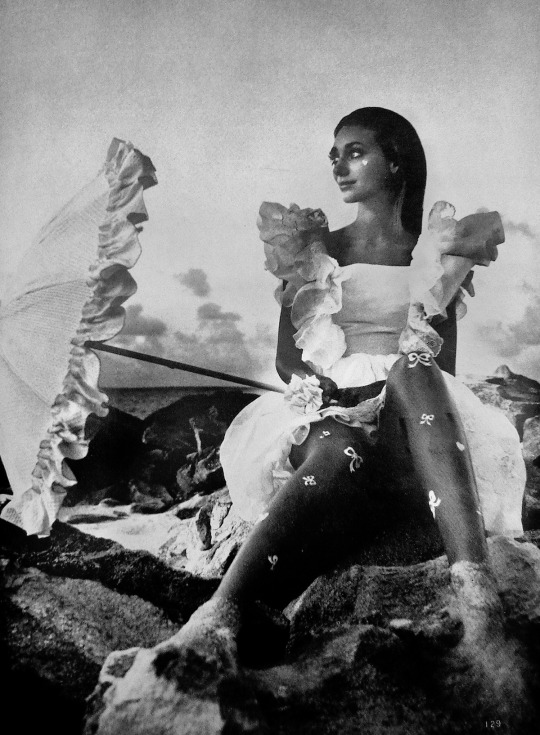
70s It-Girl Marisa Berenson, "The Queen of The Jet Set".
Dubbed an “It Girl” by Yves Saint Laurent in the early 1970s, Marisa Berenson is the original modern muse-inspiring fashion designers, photographers, stylists, and fashion editors for over thirty years.
#marisa berenson#it girl#jet set#queen of the jet set#elsa schiaparelli#vogue#halston#YSL#diana vreeland#1960s#1970s#fashion icon#super model#cabaret#death in venice#barry lyndon#fashion model#harper's bazaar#the marisa mob
60 notes
·
View notes
Text
Why don't you try the effect of diamond roses and ribbons flat on top of your head, as Garbo wears them when she says good-bye to Armand in their country retreat?
- Diana Vreeland in her "Why Don't You" column for Harper's Bazaar, 1936
70 notes
·
View notes
Photo
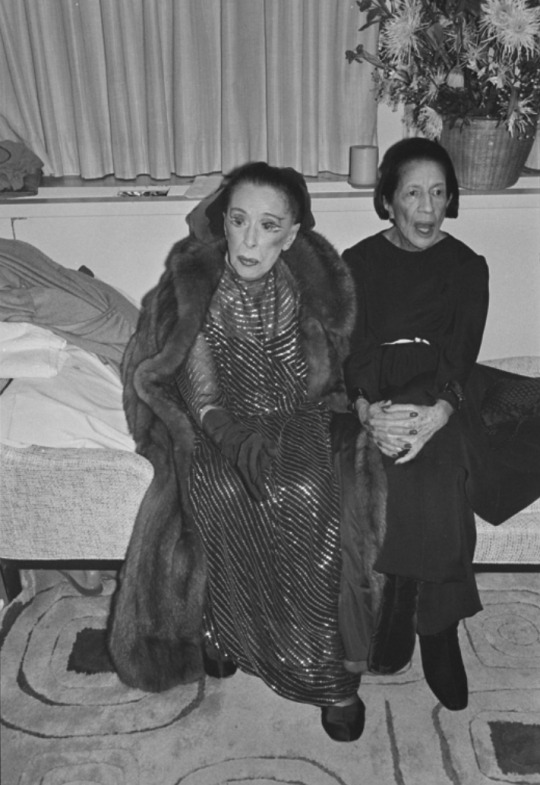

Martha Graham and Diana Vreeland photographed by Andy Warhol, 1980.
179 notes
·
View notes
Text

Diana Vreeland by William Acton 1934
48 notes
·
View notes
Text

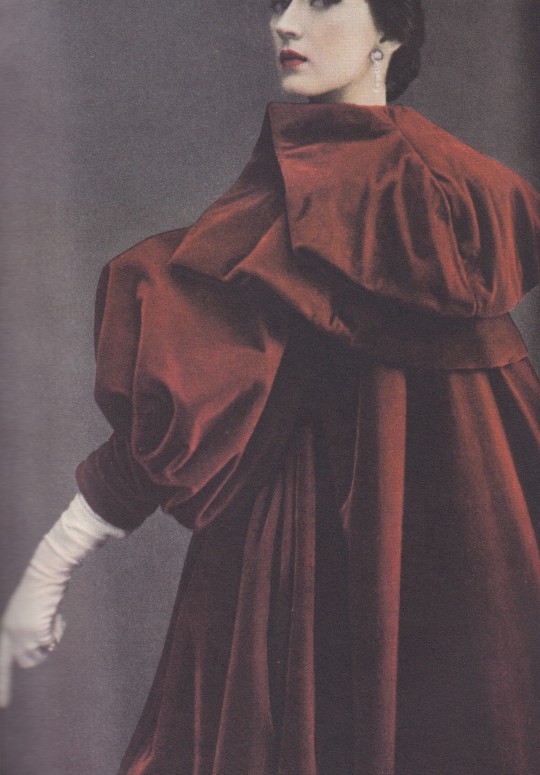



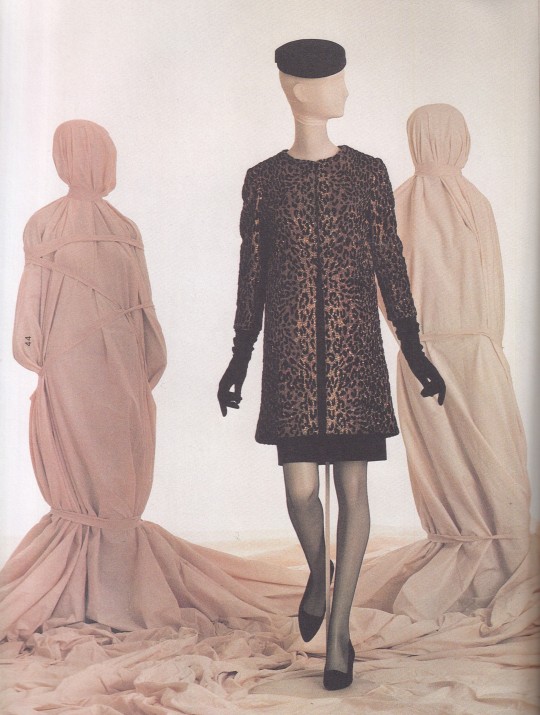


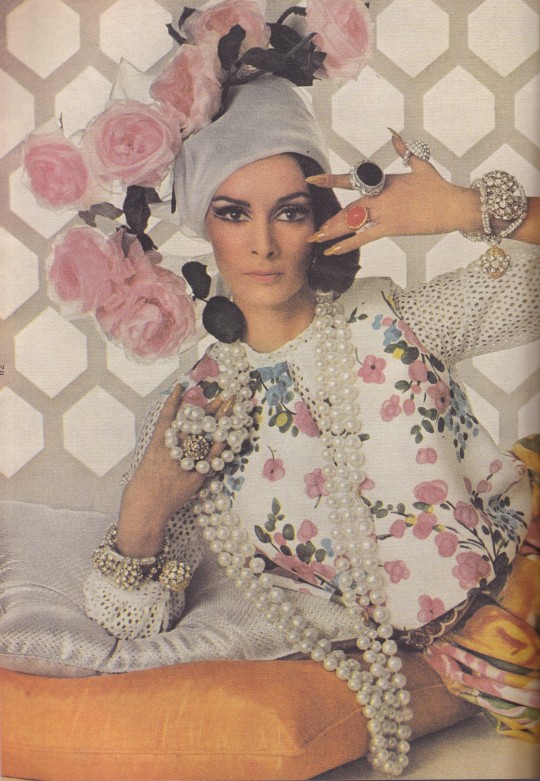

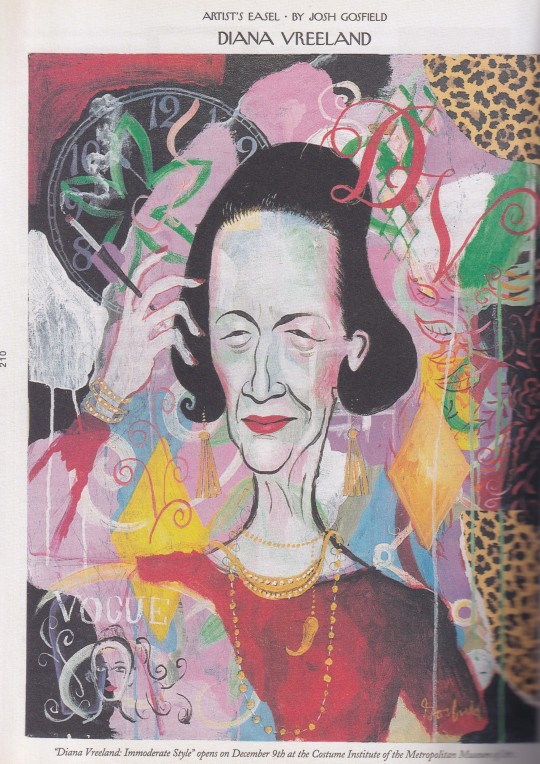
Diana Vreeland after Diana Vreeland
a cura di Judith Clark , Maria Luisa Frisa
Marsilio Editori, Venezia 2012, 241 pagine , 250 ill. a colori,20x25cm, ISBN 978883172378
euro 34,00
email if you want to buy [email protected]
Diana Vreeland è un personaggio così carismatico e unico nella storia della moda da correre il rischio di rimanere congelata nel racconto della sua incredibile vita tra Parigi, Londra e New York. Fissata, ancora, nella continua riproposizione delle sue frasi e delle sue azioni memorabili. Tutti i materiali che portano il segno Diana Vreeland sono il racconto del continuo presente della moda. Sono la sequenza delle ossessioni, dei desideri e dei sogni che hanno preso forma da una precisa idea di stile e di moda, ma sono anche il racconto in sequenza di tutti i momenti in cui lei si è ritrovata a vivere. Apripista, che oggi appare non replicabile. Nello slittare costantemente fra il ruolo di fashion editor e il ruolo di fashion curator, Vreeland ha saputo giocare l'arma dell'interpretation, al punto da innescare all'interno del museo quella sovrapposizione allestitiva fra luogo della riflessione culturale e luogo dello shopping, come si è andata affermando nella nostra era del total living. Ciò che è al centro del progetto di questo libro sono lo sguardo critico e il gesto interpretativo che ancora oggi definiscono la personalissima grammatica curatoriale di Vreeland, sempre eccessiva e drammatica.
19/04/24
19 notes
·
View notes
Text

The bikini is the most important thing since the atom bomb.
Diana Vreeland
The origins of contemporary bikini day may be traced back to a French engineer, a Parisian exotic dancer, a nuclear testing site in the United States, and a postwar fabric shortage.
In 1946, Western Europeans joyously greeted the first war-free summer in years, and French designers came up with fashions to match the liberated mood of the people. Two French designers, Jacques Heim and Louis Réard, developed competing prototypes of the bikini. Heim called his the “atom” and advertised it as “the world’s smallest bathing suit.”
French fashion designer Louis Reard was determined to create an even more scandalous swimsuit. Réard's swimsuit, which was basically a bra top and two inverted triangles of cloth connected by string, was in fact significantly smaller. Made out of a scant 30 inches of fabric, Réard promoted his creation as “smaller than the world’s smallest bathing suit.”
Réard claimed that the bikini was named for Bikini Atoll, the site of nuclear tests by the United States in the Pacific Ocean.

Louis Réard's bikini was so little that he couldn't find anyone brave enough to wear it. After being rejected by a number of fashion models, he came across Micheline Bernardini. She was a 19-year-old nudist at the Casino de Paris who consented to be the first to try on his daring bikini. Michelle Bernardini debuted this revealing costume at the Piscine Molitor in Paris during a poolside fashion show, and it revolutionised swimwear on 5 July 1946. The bikini was a hit, especially among men, and Bernardini received some 50,000 fan letters.
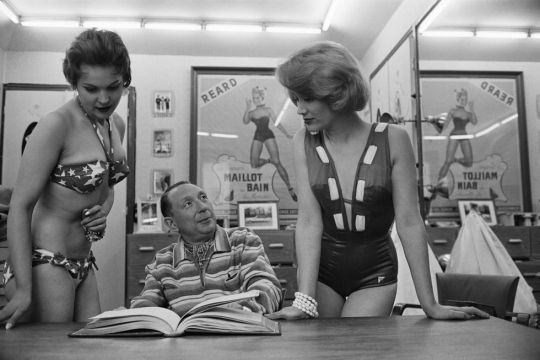
Before long, bold young women in bikinis were causing a sensation along the Mediterranean coast. Spain and Italy passed measures prohibiting bikinis on public beaches but later capitulated to the changing times when the swimsuit grew into a mainstay of European beaches in the 1950s. Réard's business soared, and in advertisements he kept the bikini mystique alive by declaring that a two-piece suit wasn’t a genuine bikini “unless it could be pulled through a wedding ring.”
But it really took when what we would call cultural influencers took to it. It was in 1953, thanks to Brigitte Bardot, that the bikini became a "must-have" and the history of the bikini became historic, when she was photographed wearing one on the Carlton beach at the Cannes Film Festival. She also wore one in 1956, in the film "Et Dieu… créa la femme".
The United States also caught on to the trend, as it was only two years later that Ursula Andress posed in a white bikini on the poster for the James Bond film, Dr. No. The poster created a considerable marketing coup, and women adopted the bikini. According to a study by Time, 65% of younger women adopted the bikini in 1967.

There is no question the bikini is hardly modern. Many think they date back to ancient Roman times because of the murals uncovered in excavated ruins in Sicily. This isn’t really true.
Despite the celebrated images from the mosaics in Piazza Armerina, of the ancient Roman girl wearing what looks like a bikini, the answer is, “not really”. The ancient Roman girls weren’t even first to wear what to our eyes looks like a bikini. However, the fact that we seem to find “bikinis” in ancient depictions should make us rethink our hubristic bias that we in modern times have invented everything and that people in ancient times didn’t know how to live.
Archaeologists have found evidence of bikini-like garments that date to as far back as 5600 BC. That’s roughly 5000 years before the Romans did so. In the Chalcolithic era of around 5600 BC, the mother-goddess of Çatalhöyük, a large ancient settlement in southern Anatolia, was depicted astride two leopards while wearing a bikini-like costume.

Two-piece garments worn by women for athletic purposes are depicted on Greek urns and paintings dating back to 1400 BC. In fact, even just the notion that women participated in sports in the ancient world should make us sit up and take notice.
Today we tend to imagine women in the ancient world as being practically sequestered in their homes, spinning, weaving and having babies. But this is a gross oversimplification of their role.
Active women of ancient Greece wore a breast band called a mastodeton or an apodesmos, which continued to be used as an undergarment in the Middle Ages. While men in ancient Greece abandoned the perizoma, partly high-cut briefs and partly loincloth, women performers and acrobats continued to wear it.

In the famous mosaics to be found at Villa Romana del Casale in Piazza Armerina, the girls who seem to be wearing the “bikini” are Roman and the so-called bikini had already been around for at least 5,000 years by then. In the artwork “Coronation of the Winner” done in floor mosaic in the Chamber of the Ten Maidens (Sala delle Dieci Ragazze) in Sicily the bikini girls are depicted weight-lifting, discus throwing, and running.

The bikini was gradually done away as Christianity became more influential as the centuries wore on. Christian attitudes towards swimming restricted the clothing of women for centuries, the bikini disappeared from the historical record after the Romans until the early 20th century with Louis Beard’s re-invention of the two piece bathing suit as the ‘bikini’.
Photos: In 1956 Emilio Pucci designed this bikini inspired by the mosaics of the Villa Romana Del Casale in Sicily.
#vreeland#diana vreeland#bikini#femme#history#fashion#style#woman#louis reard#bathing suit#beach#ancient rome#ruins#inspiration#ancient world#bikini atoll#atomic bomb#paris#italy#sicily#culture#society
66 notes
·
View notes
Text

Diana Vreeland, Photo by Richard Avedon
174 notes
·
View notes
Text

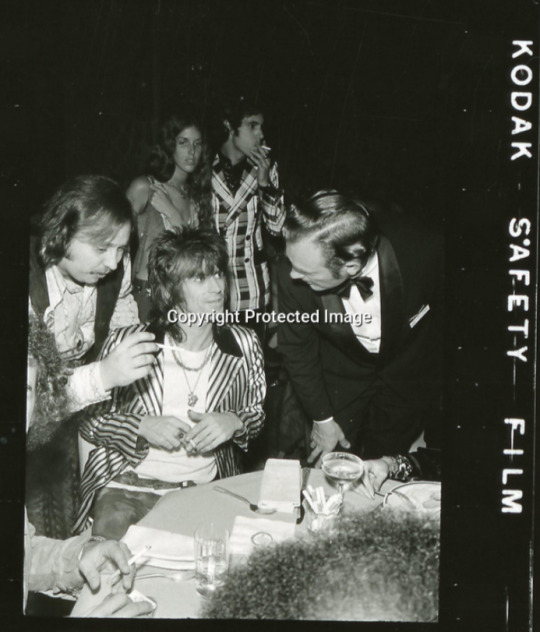



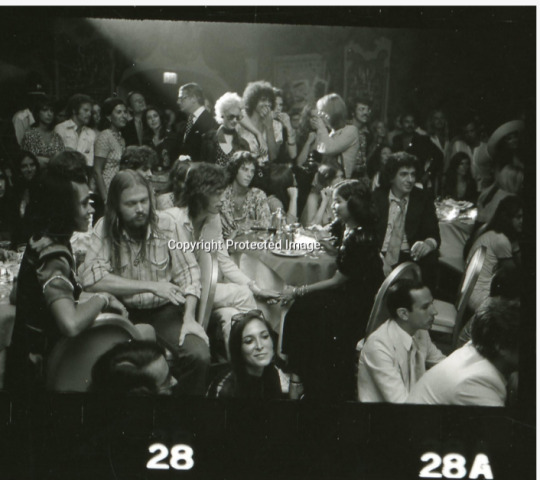
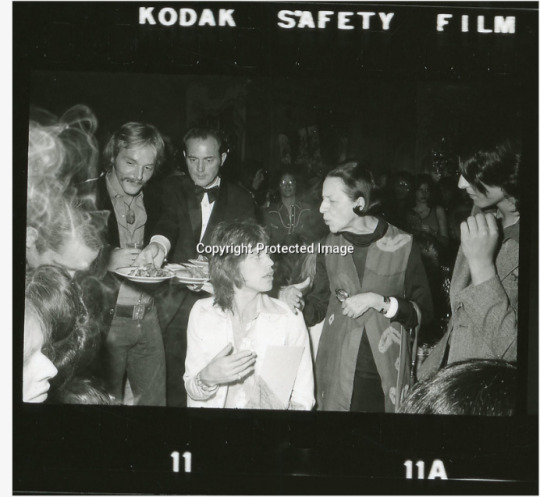



Photos by Patricia Fried , 1972
#the rolling stones#mick jagger#keith richards#charlie watts#bobby keys#bill wyman#bianca jagger#bluesrock#rockband#70srock#70s#bill graham#jim price#diana vreeland#count basie#larry rivers#shirley watts#seraphina watts
24 notes
·
View notes
Text
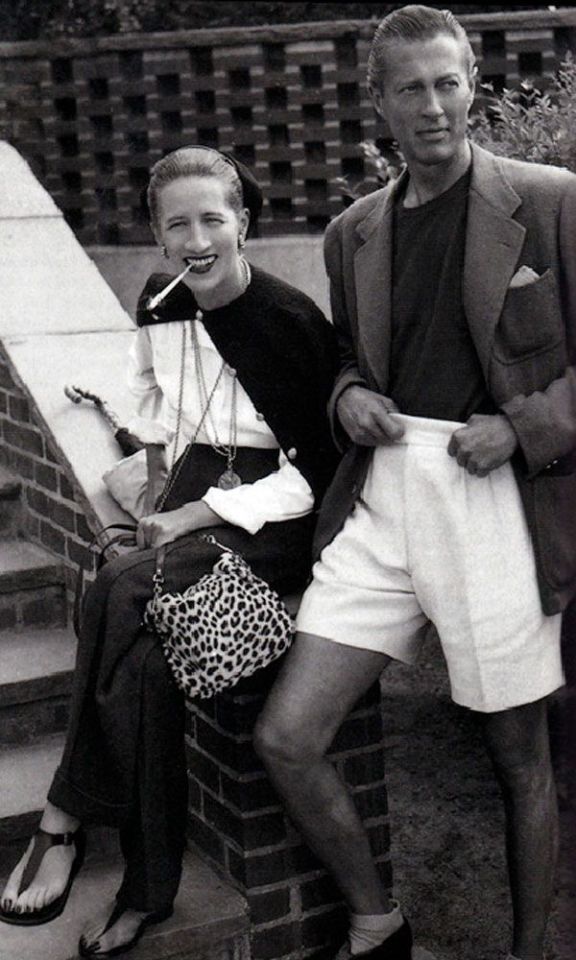
Diana Vreeland and husband Reed in Southhampton, 1940’s ..
39 notes
·
View notes
Text

Diana Vreeland photographed by Louise Dahl-Wolfe, 1942.
161 notes
·
View notes
Text

"[My grandmother and Mrs. Vreeland] were very similar, and they both gave me unconditional love."
André Leon Talley and Diana Vreeland, his mentor, during her position at the Costume Institute of the Metropolitan Museum of Art, 1974. Pictured is the iconic dress worn by Marlene Dietrich in the 1932 film Shanghai Express.
#andre leon talley#andré leon talley#diana vreeland#the met museum#the met#the metropolitan museum of art#costume institute#the costume institute#70s nyc#70s#1970s#70s fashion#marlene dietrich#shanghai express#30s#1930s#1930s fashion
89 notes
·
View notes
Text

Diana Vreeland by Horst P. Horst 1979
34 notes
·
View notes
Photo


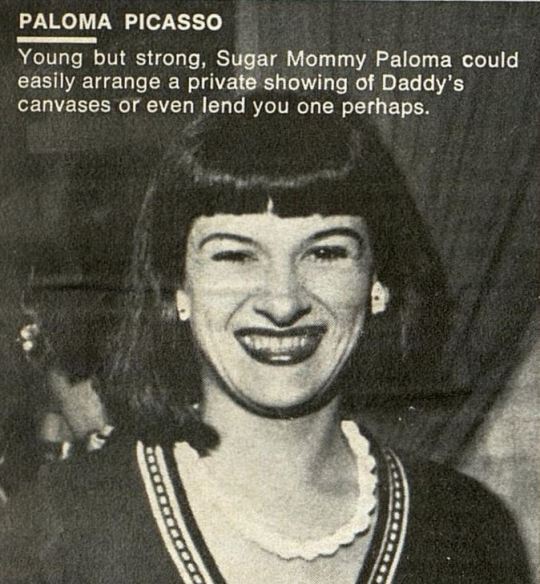

Harper’s Bazaar December 1975. “All I Want for Christmas is a Sugar Mommy.”
#harper's bazaar#1975#diana vreeland#paloma picasso#jacqueline kennedy#jackie kennedy#1970s#1970s fashion#vintage fashion#vintage#retro#seventies#vintage article#vintage magazine#christmas#old magazine#magazine#magazines#fashion magazine#hb*#*
140 notes
·
View notes
Text

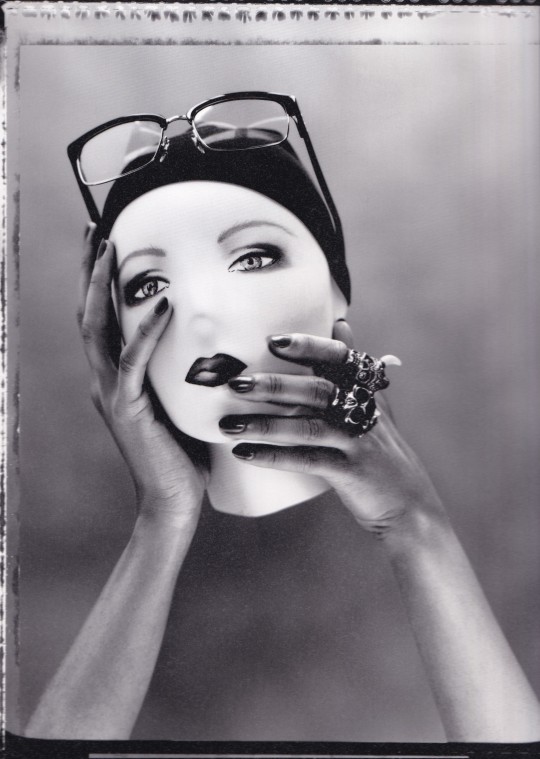






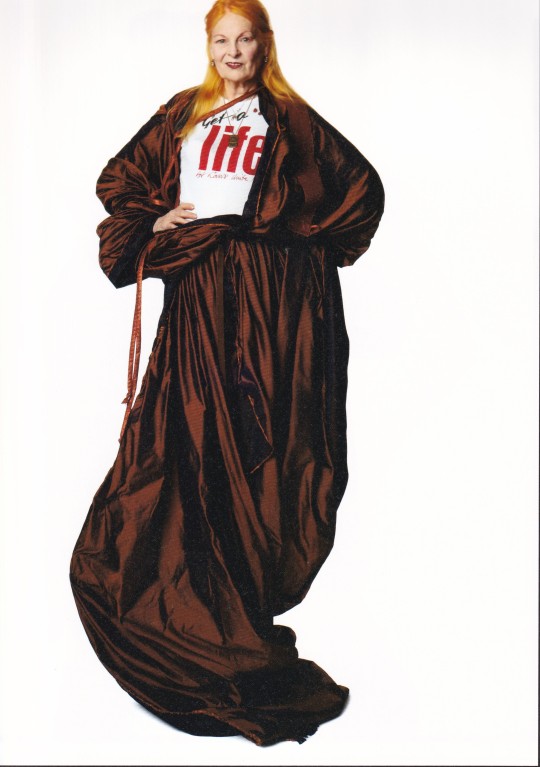
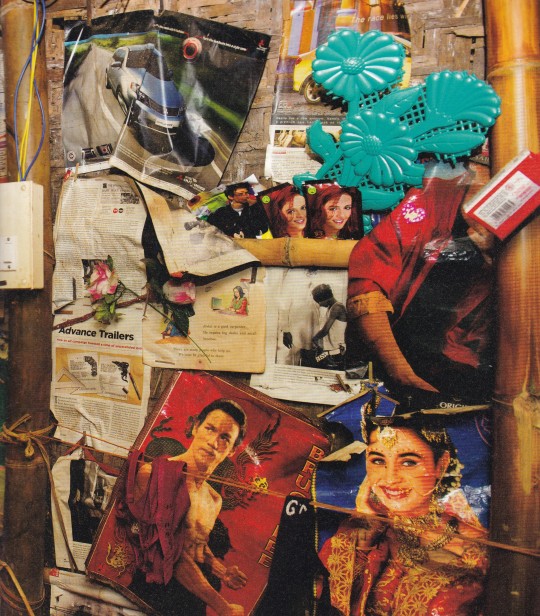




Stardust David Bailey
Con un saggio di Tim Marlow
Skira, Milano 2015, 272 pagine, 26x33,8cm, Inglese, ISBN 9788857227795
euro 58,00 - 50% €29,00
email if you want to buy [email protected]
Catalogo Mostra PAC 1 marzo 2 giugno 2015
Oltre 300 fotografie, alcune delle quali inedite, selezionate personalmente da David Bailey dal suo immenso archivio, ripercorrono più di mezzo secolo di carriera del grande artista.
Francis Bacon, Salvador Dalí, Johnny Depp, Bob Dylan, Mick Jagger, Man Ray, Bob Marley, Jean Shrimpton: una straordinaria galleria di attori, scrittori, musicisti, politici, registi, modelle, artisti, ma anche persone incontrate durante i suoi viaggi in Australia, India, Sudan e Papua Nuova Guinea; molti famosi, alcuni sconosciuti, tutti assolutamente coinvolgenti e memorabili.
Nato a Londra nel 1938, negli anni Sessanta David Bailey si è affermato nella fotografia di moda come collaboratore di Vogue, divenendo uno dei più popolari esponenti del mondo della fotografia d’autore; la creazione di ritratti, geniali e spesso provocatori, è sempre stata un interesse centrale nella sua attività.
Pubblicata in occasione della grande mostra milanese (co-prodotta da Comune di Milano, PAC Padiglione d’Arte Contemporanea e Tod’s) proveniente dalla National Portrait Gallery di Londra, la monografia è suddivisa per temi, con immagini iconiche affiancate da ritratti meno noti e inediti, ed è introdotta da un saggio dello storico dell’arte Tim Marlow.
David Bailey, membro onorario della Royal Photographic Society, è considerato uno dei più grandi fotografi viventi. Nel 2001 è stato insignito del titolo di Commander of the Order of the British Empire, come riconoscimento per il suo impegno artistico. Ha recentemente pubblicato Bailey’s East End (2015).
Tim Marlow, storico dell’arte inglese, autore di numerosi libri e presentatore di programmi radiofonici e televisivi, è direttore delle mostre della galleria londinese di arte contemporanea
18/01/24
#David Bailey#Stardust#photography exhibition catalogue#PAC Milano 2015#Francis Bacon#Mick Jagger#Joseph Beuys#Anna Piaggi#Jean Shrimpton#Salvador Dalì#Bob Dylan#Man Ray#Bob Marley#Jerry Hall#Jack Nicholson#Diana Vreeland#Grace Jones#Kate Moss#Vivienne Westwood
26 notes
·
View notes
Text
Model Marisa Berenson
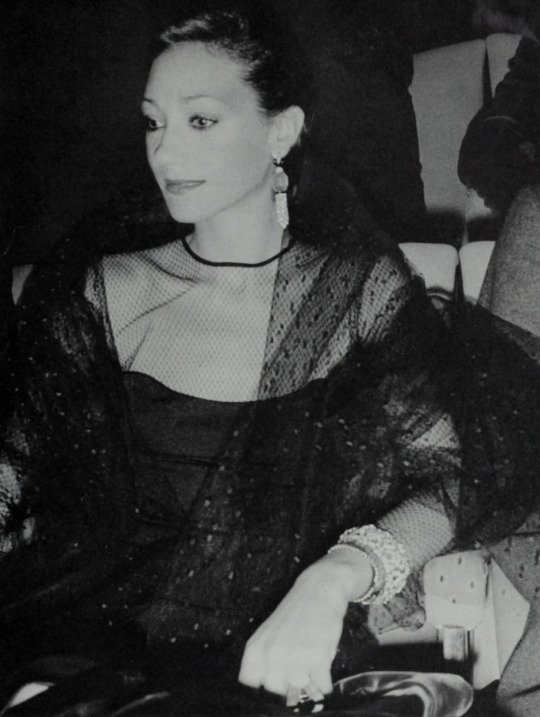
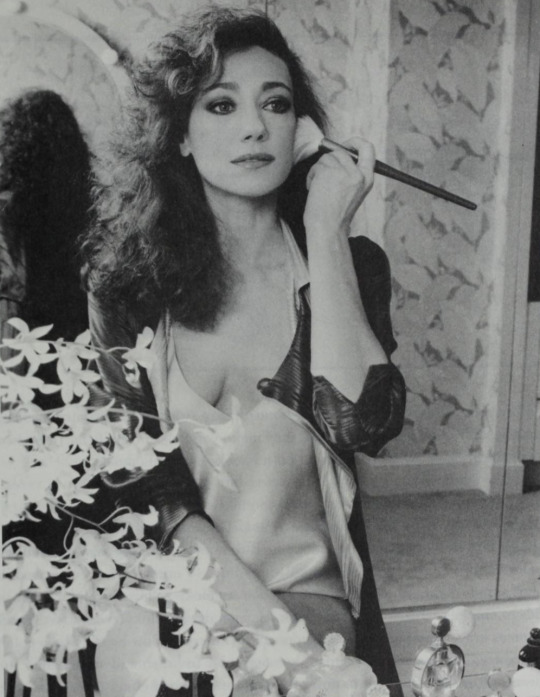

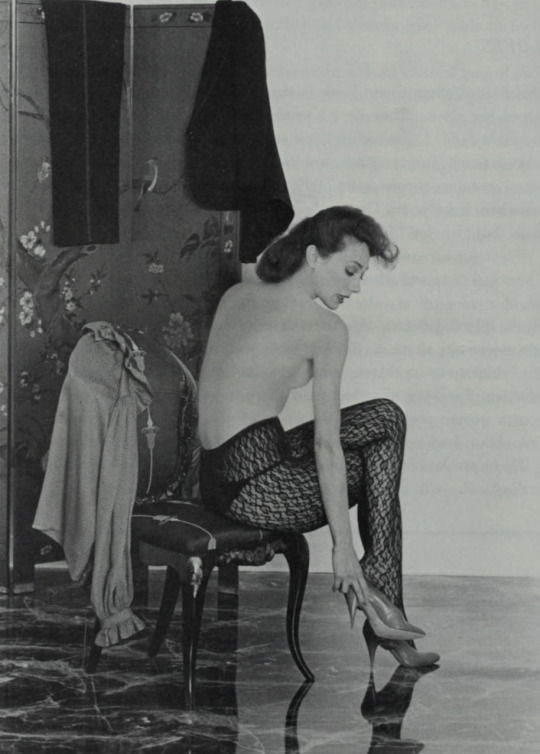
From Dressing Up: How to Look and Feel Absolutely Perfect for Any Social Occasion, 1984.
#marisa berenson#vogue#diana vreeland#elsa schiaparelli#schiaparelli#it girl#1970s#70s fashion#style#super model#halston
12 notes
·
View notes
